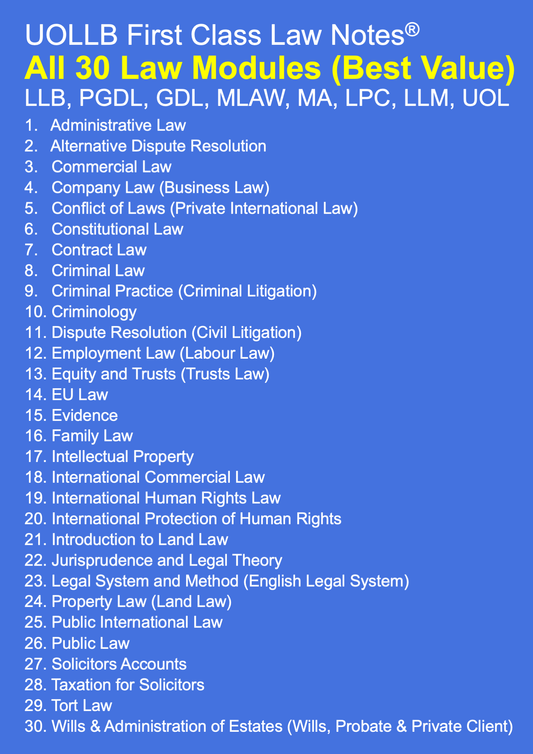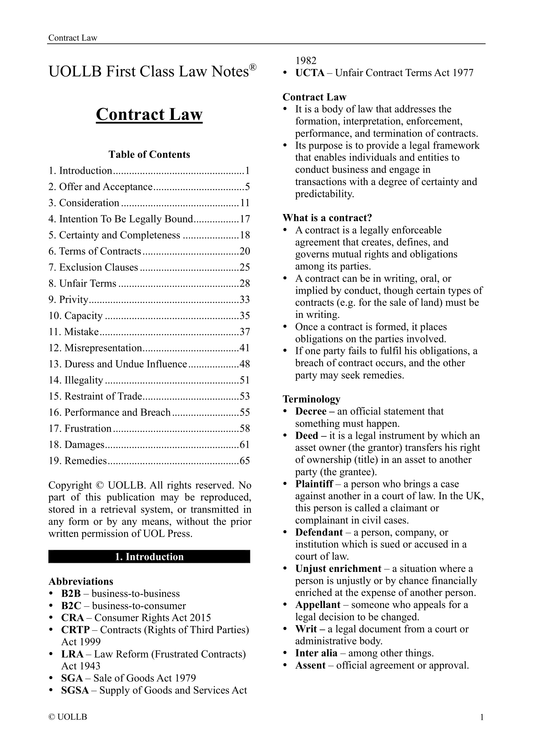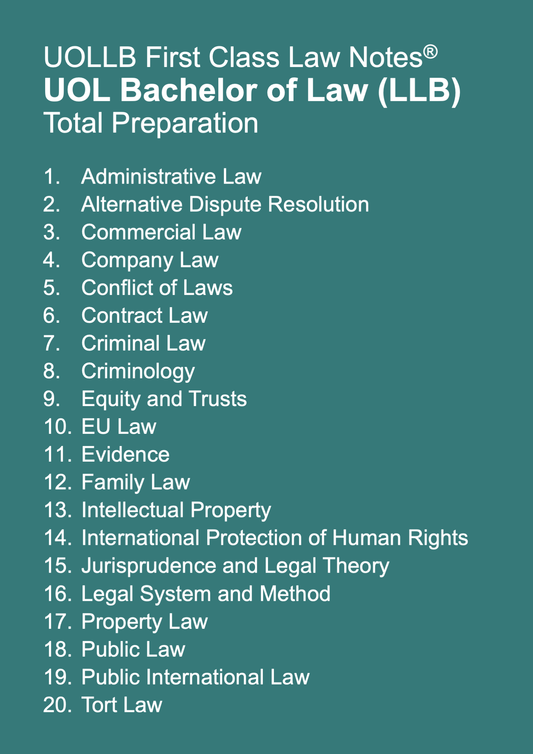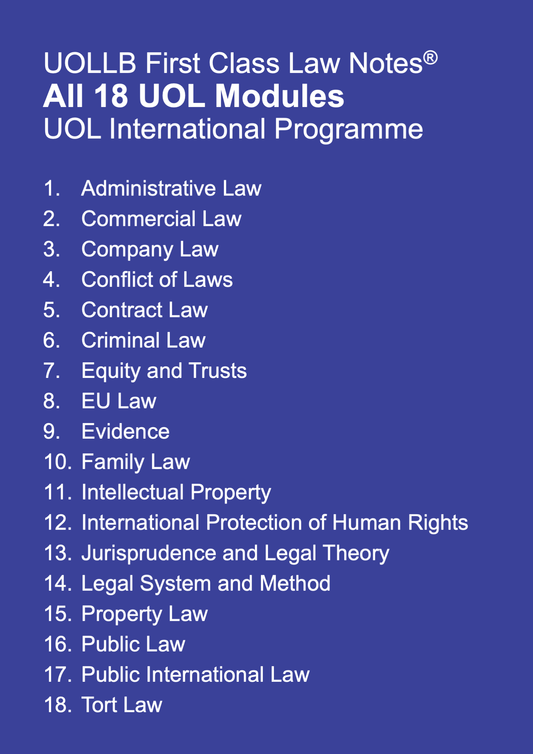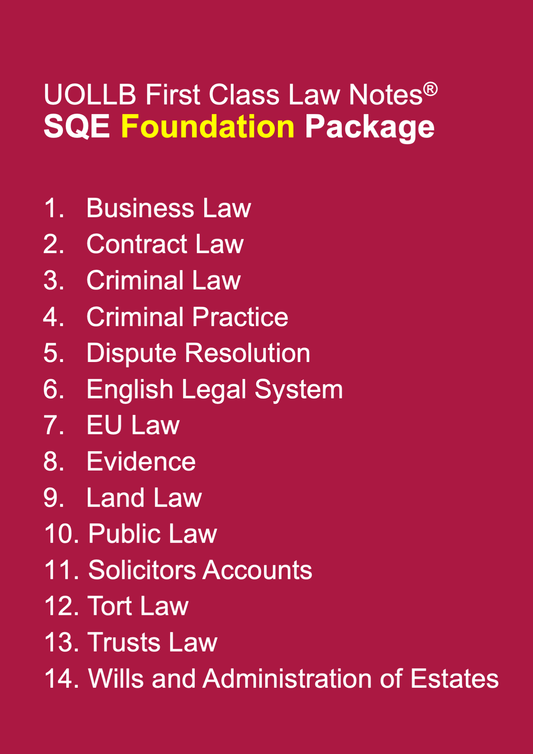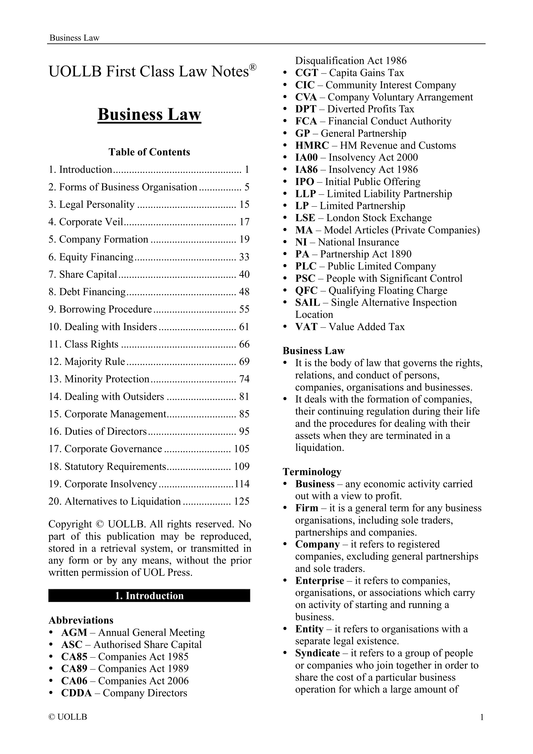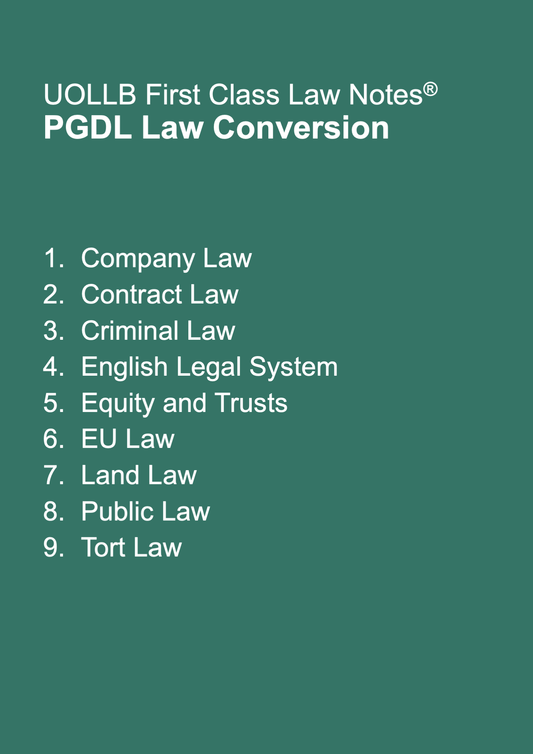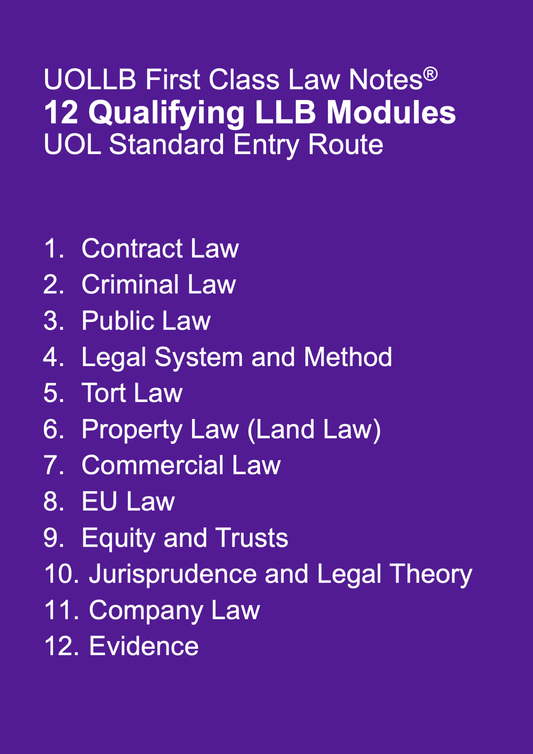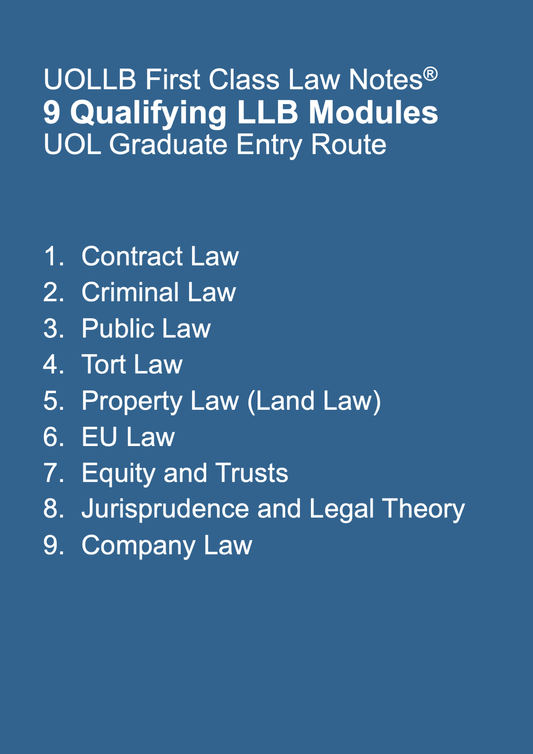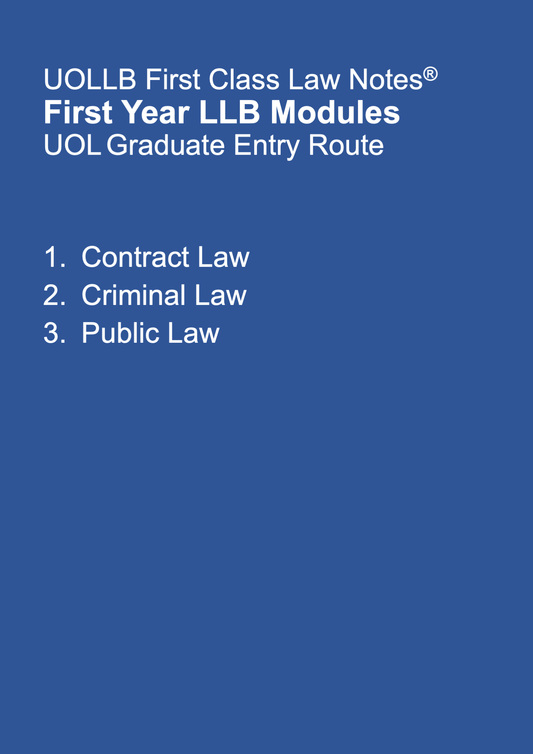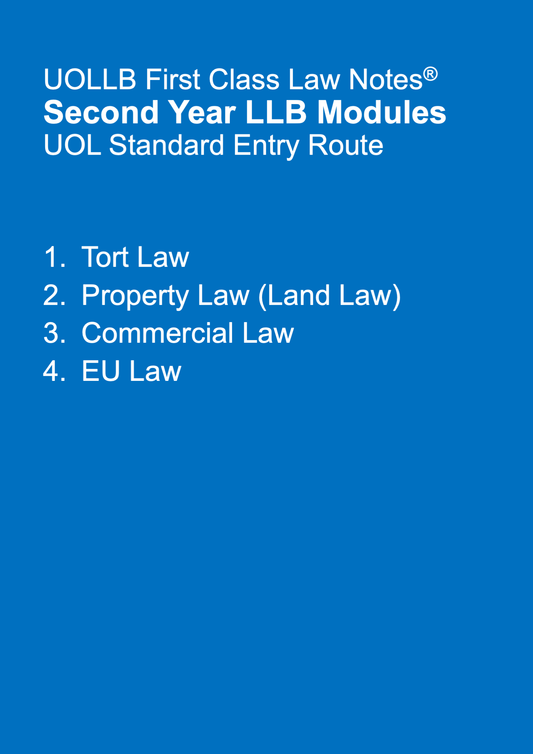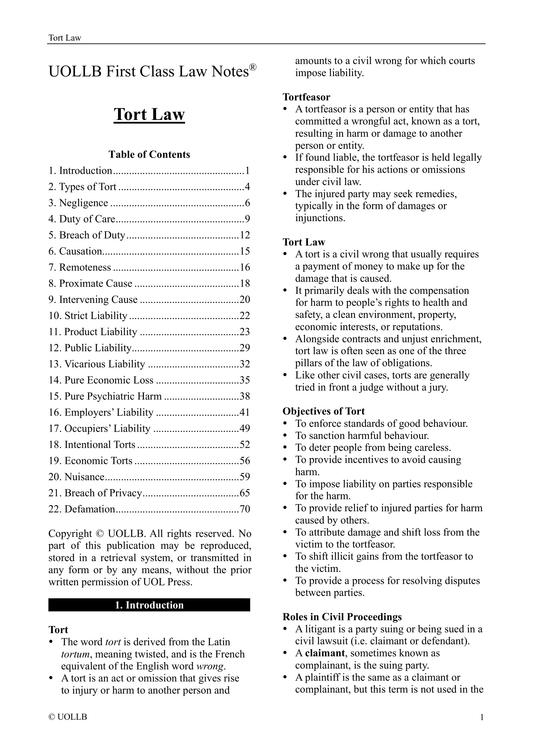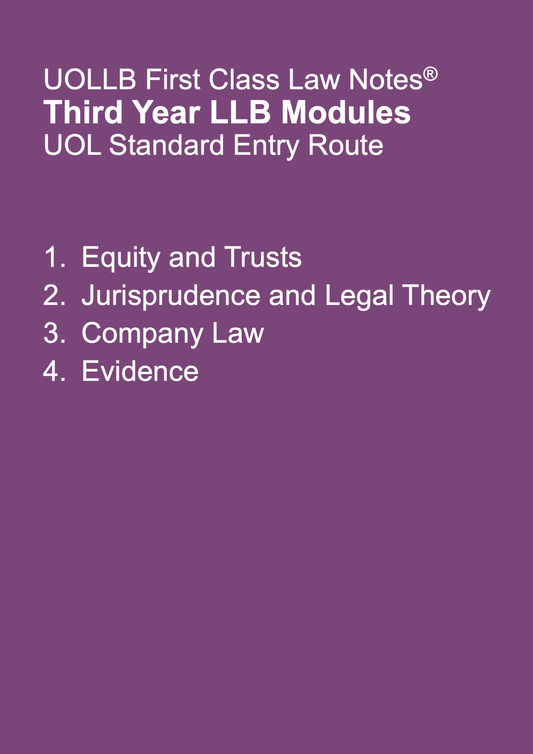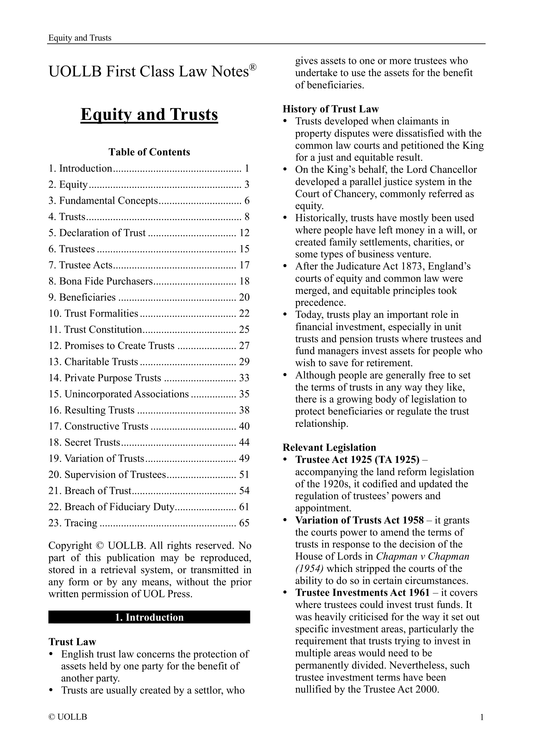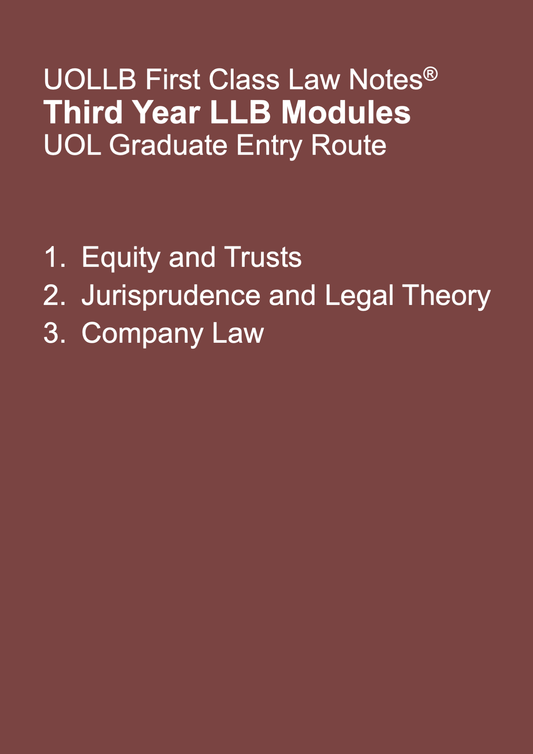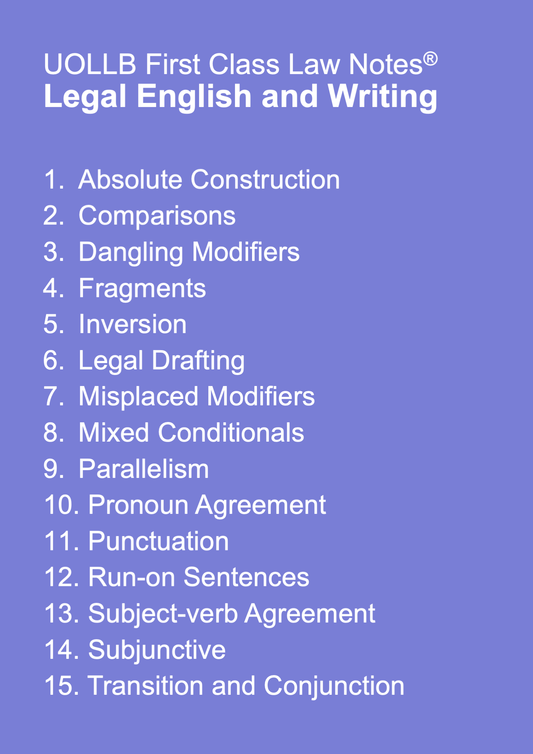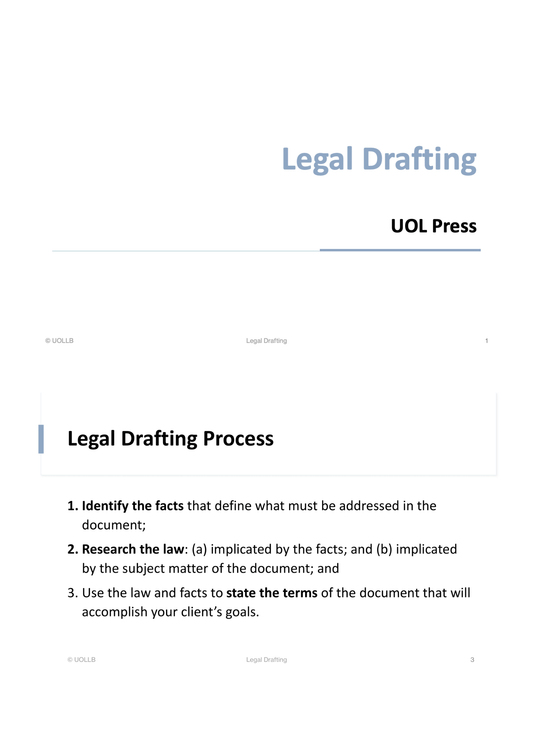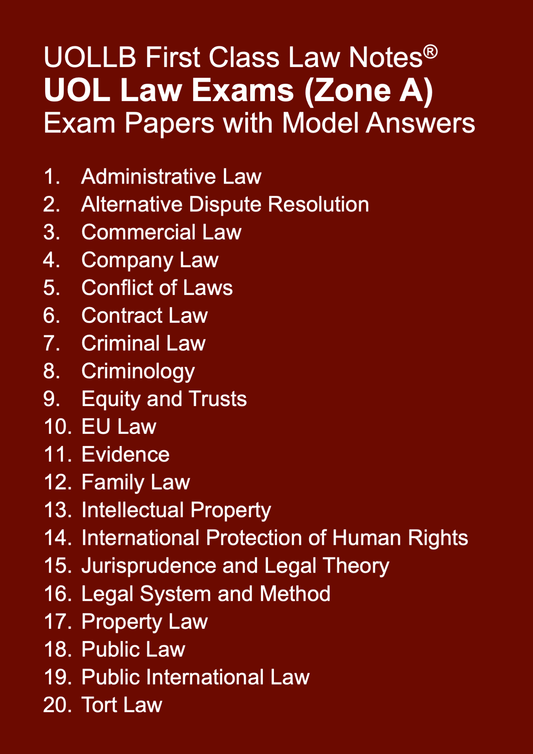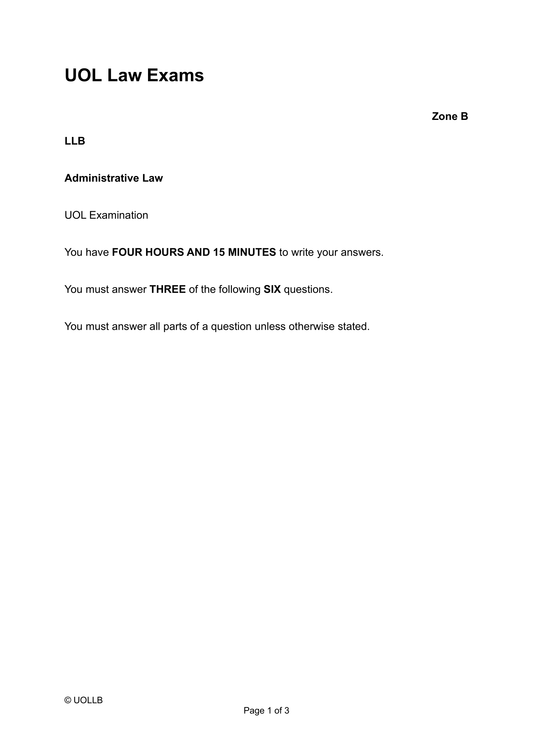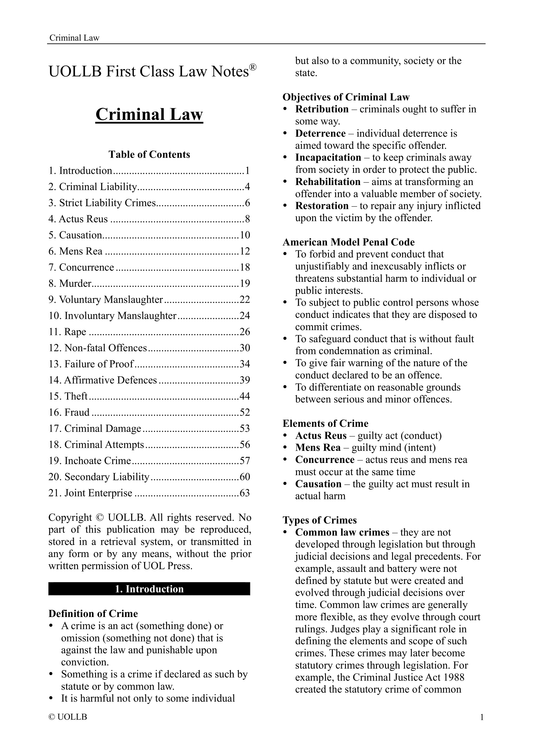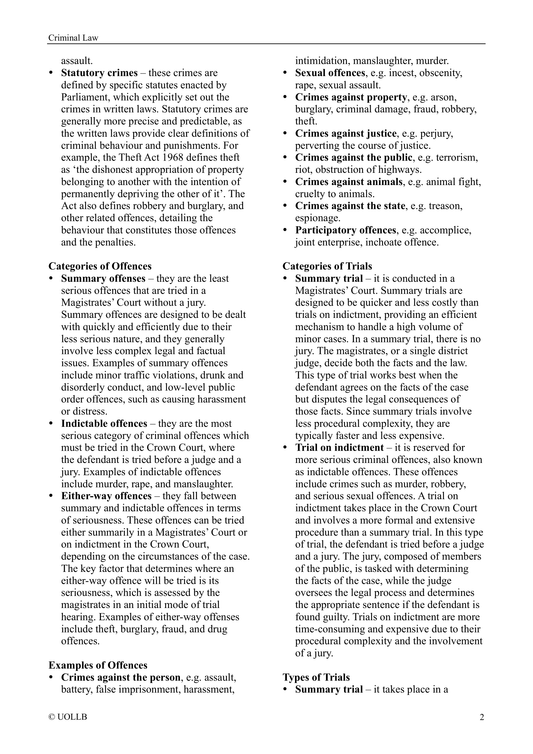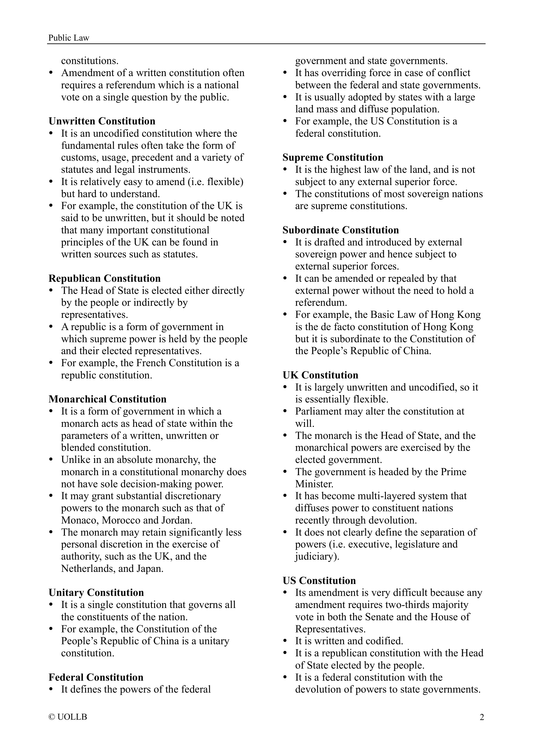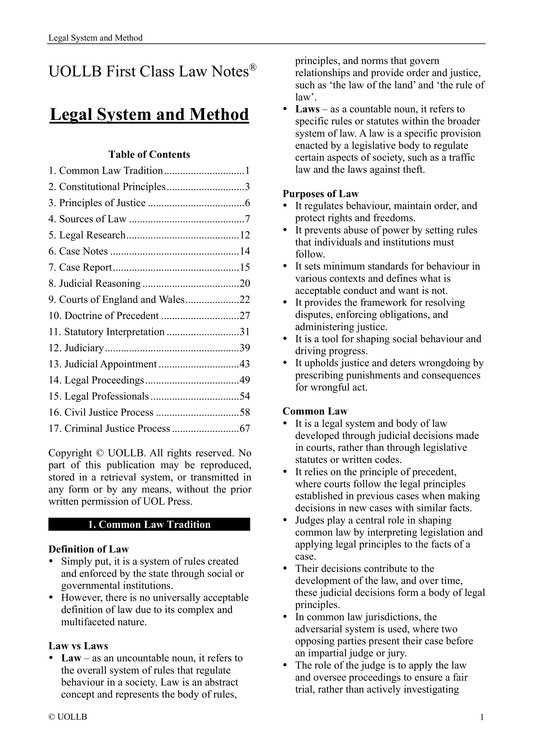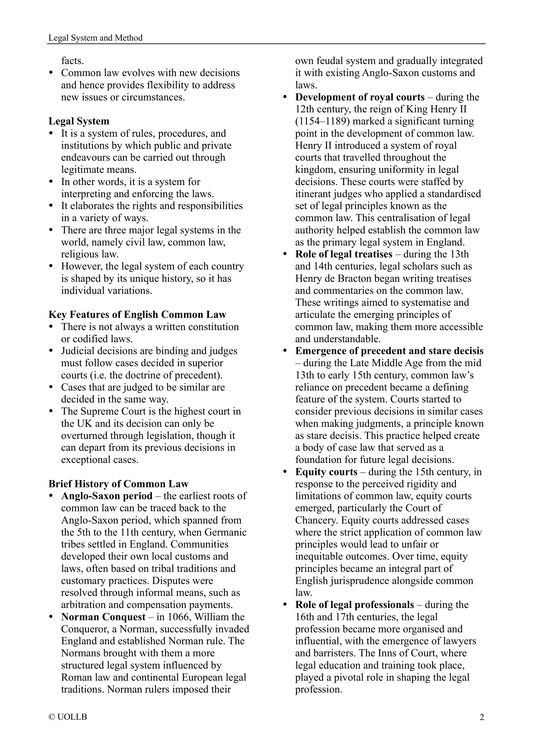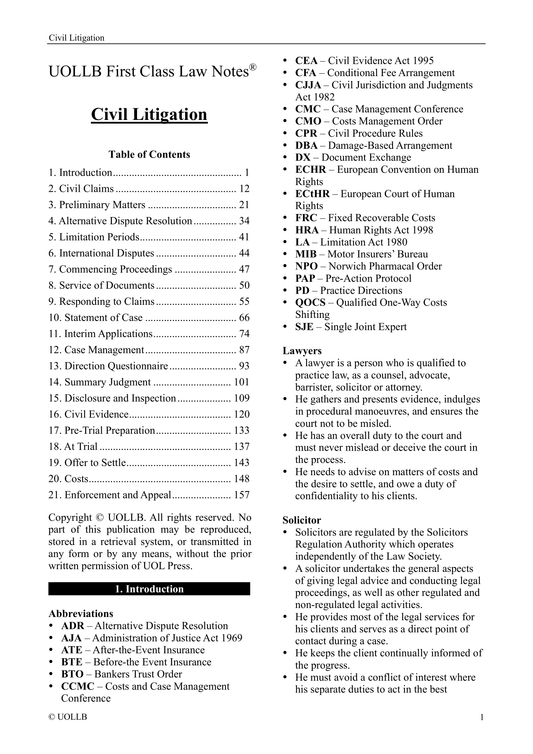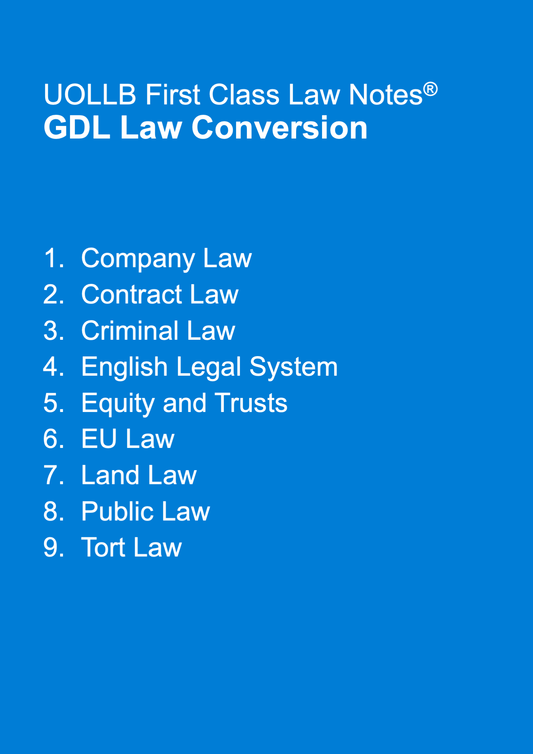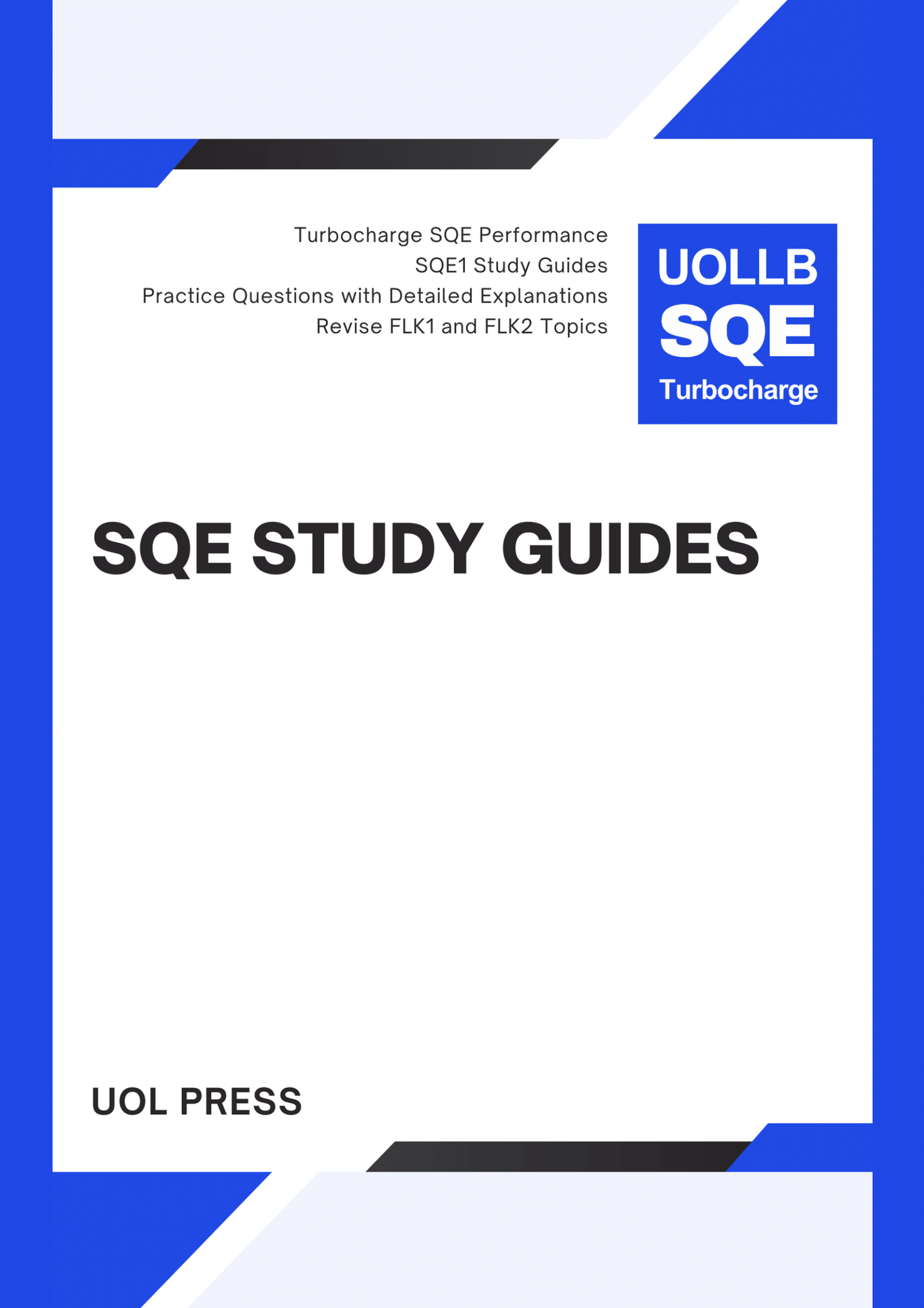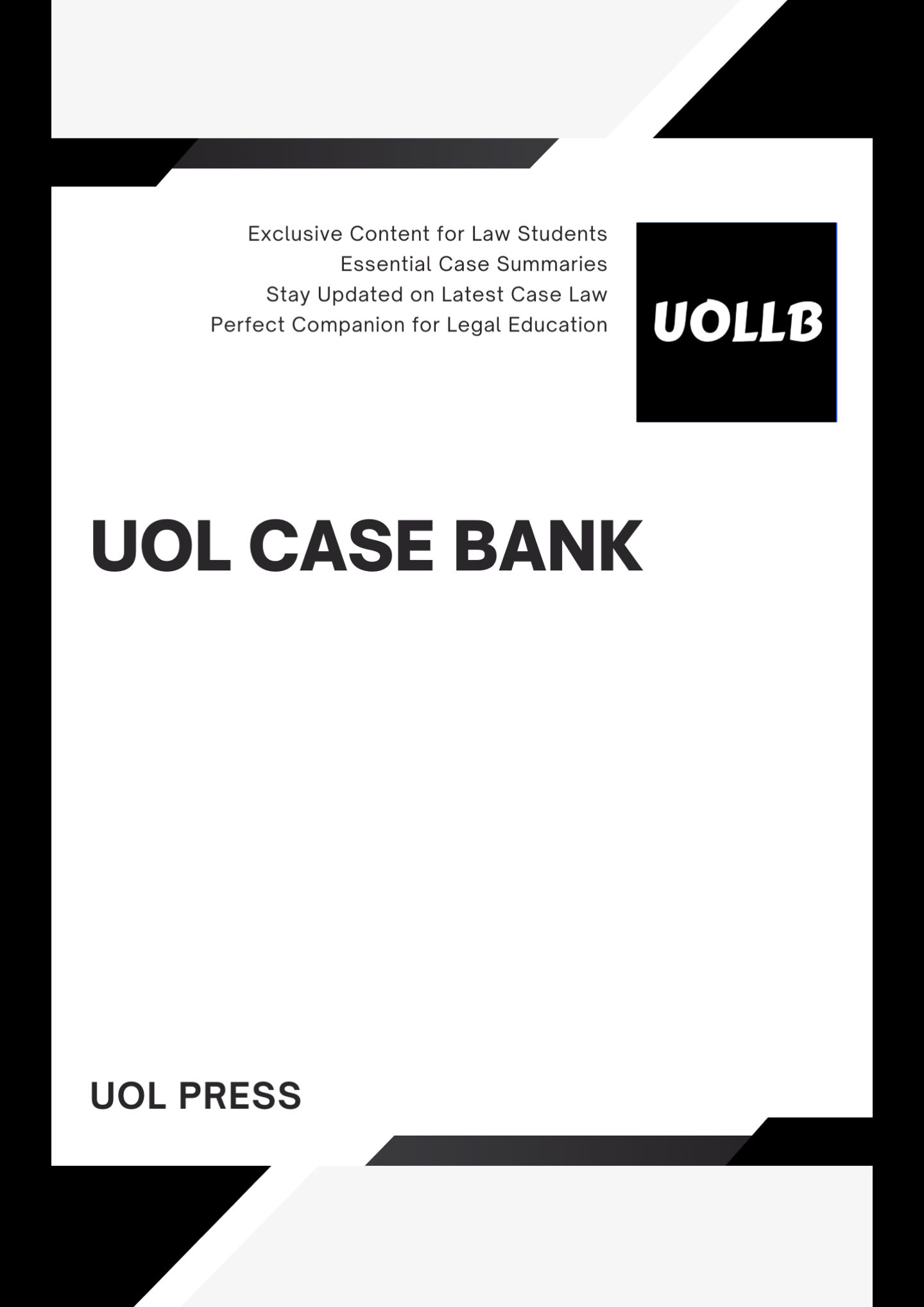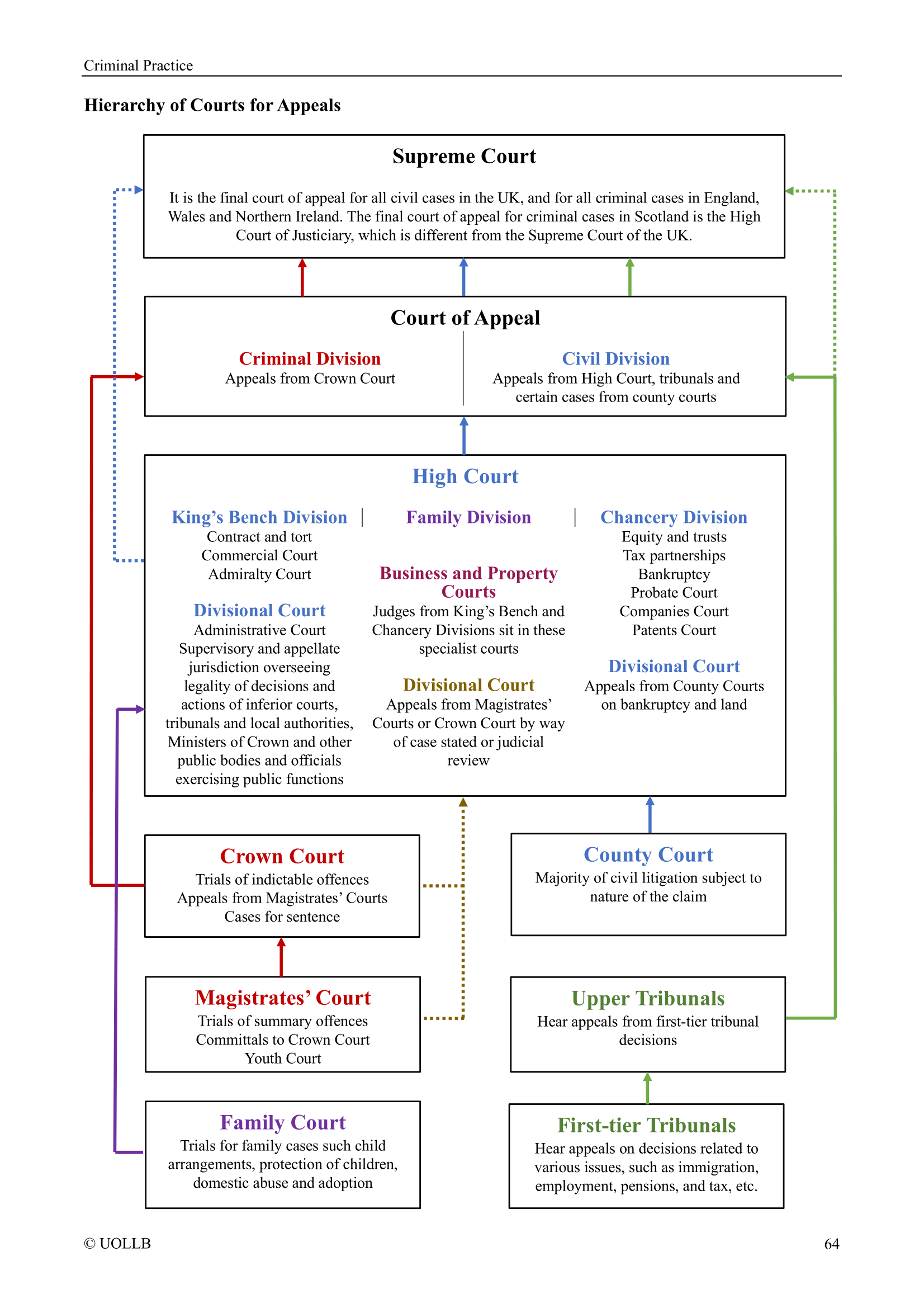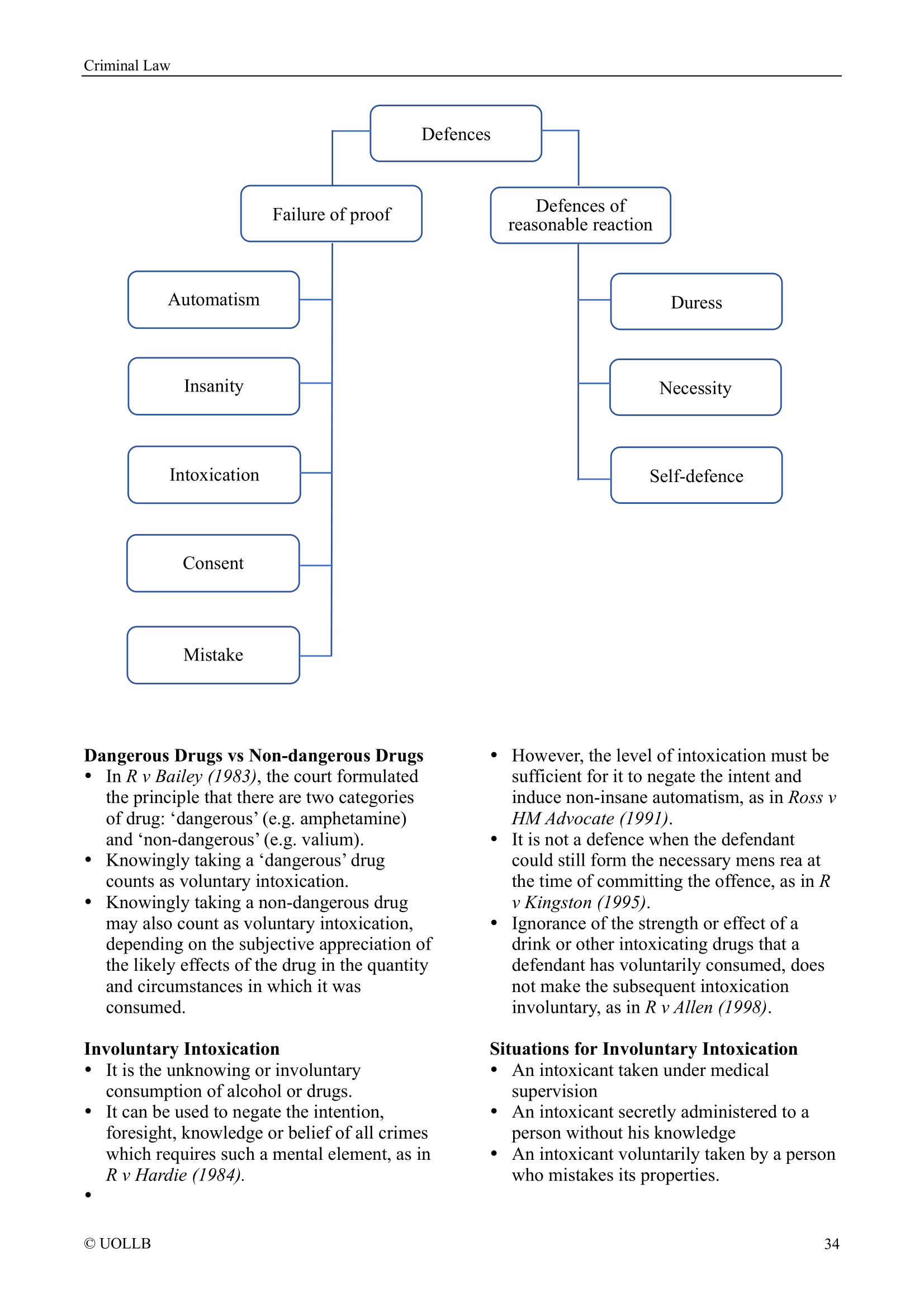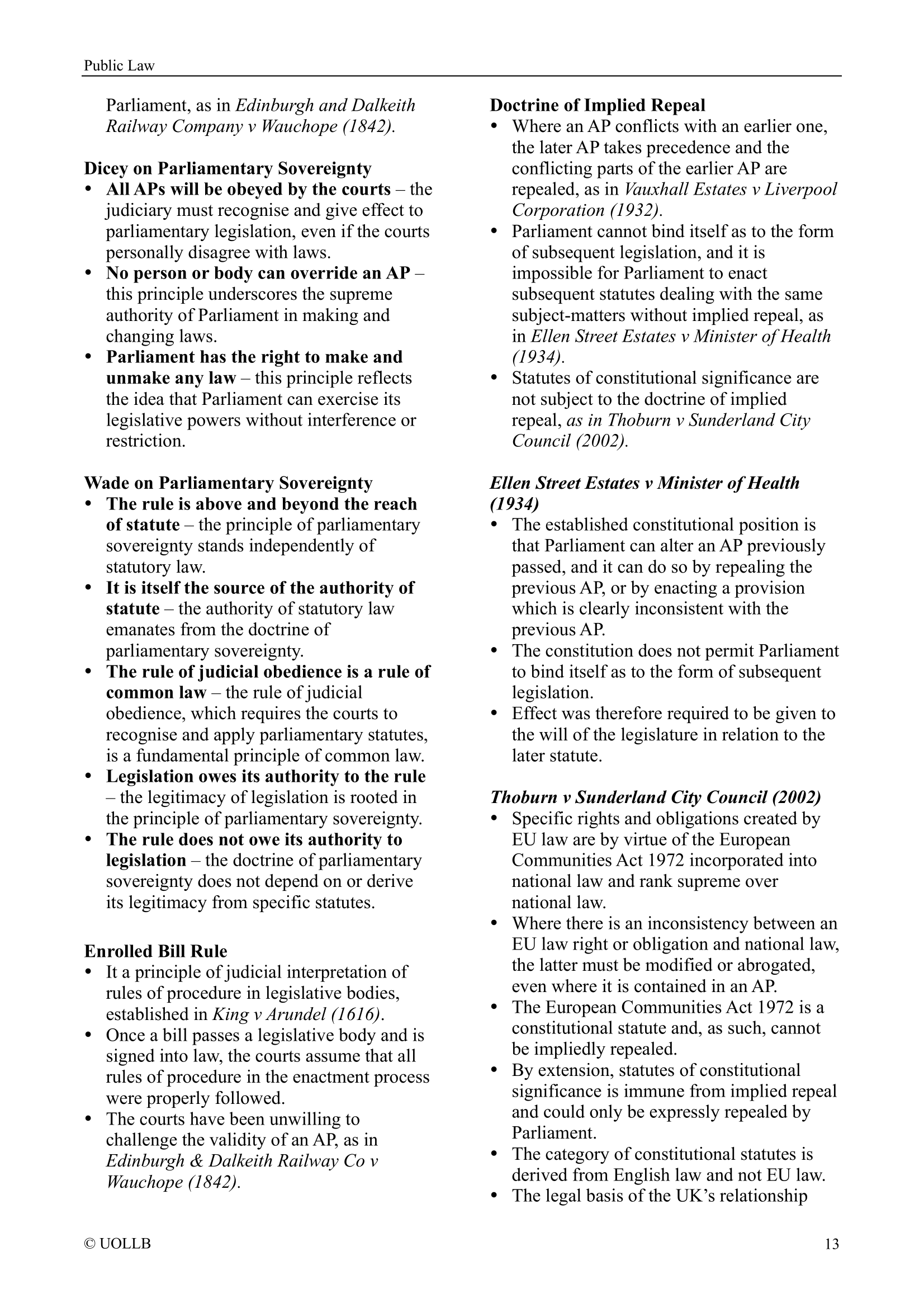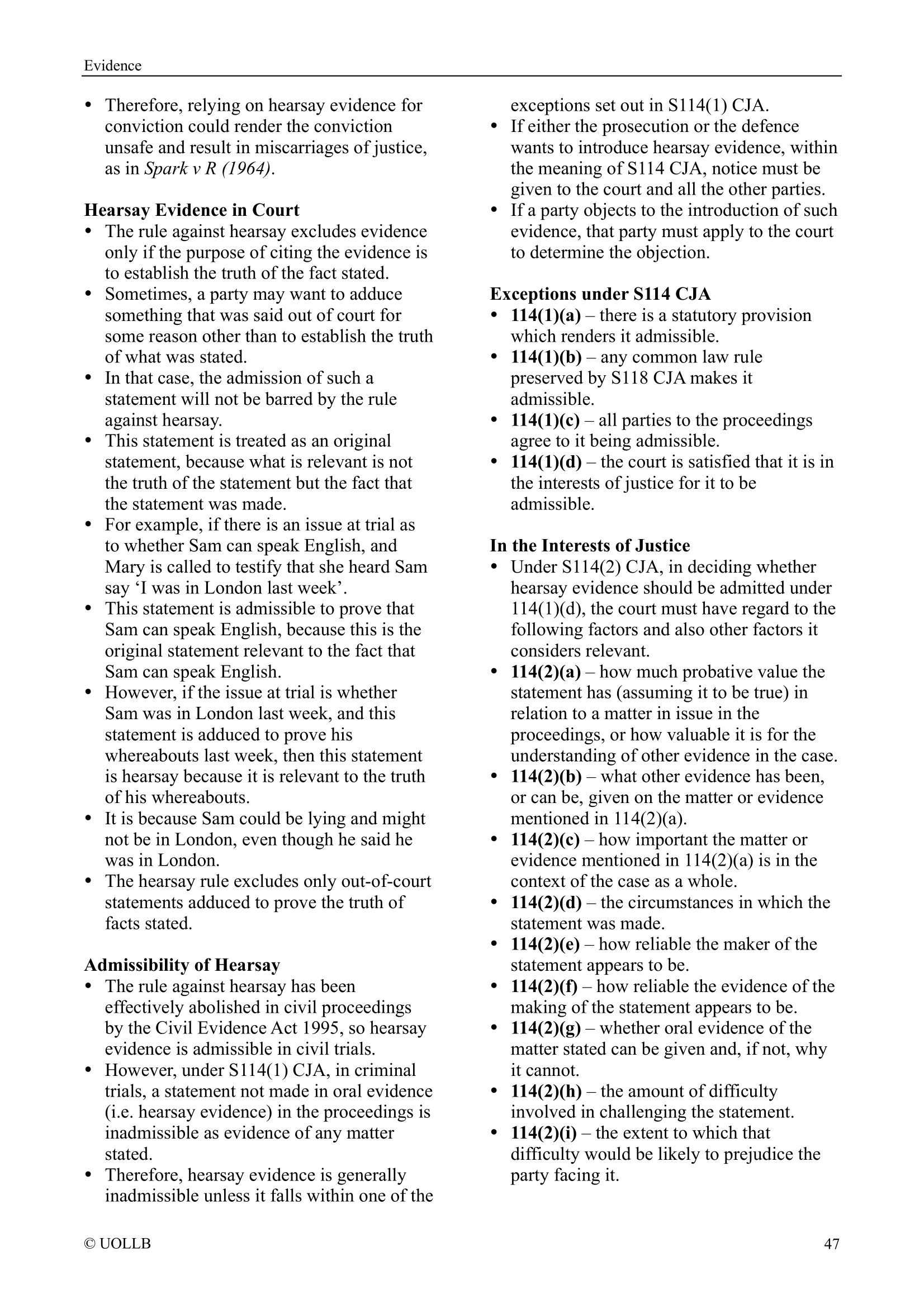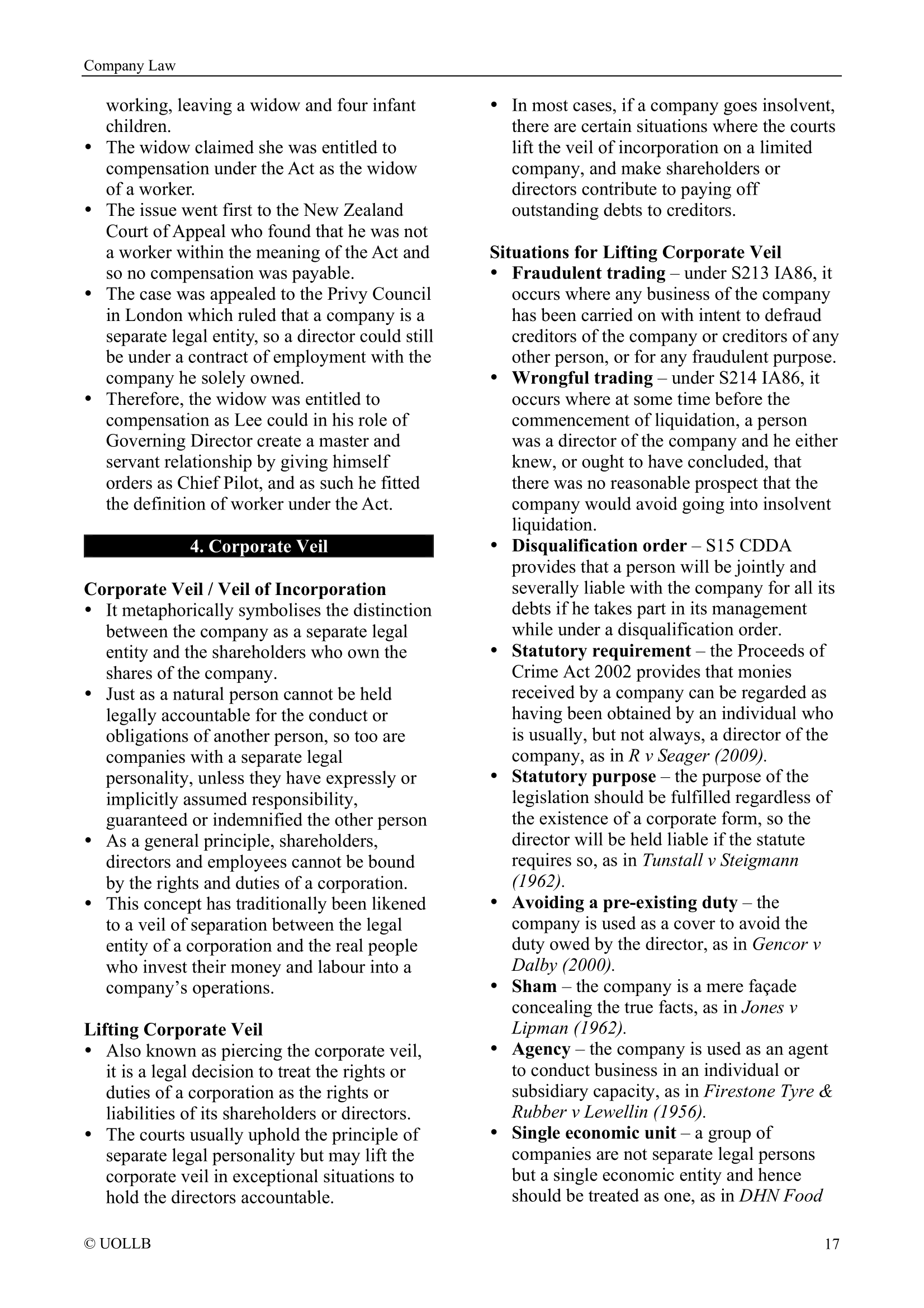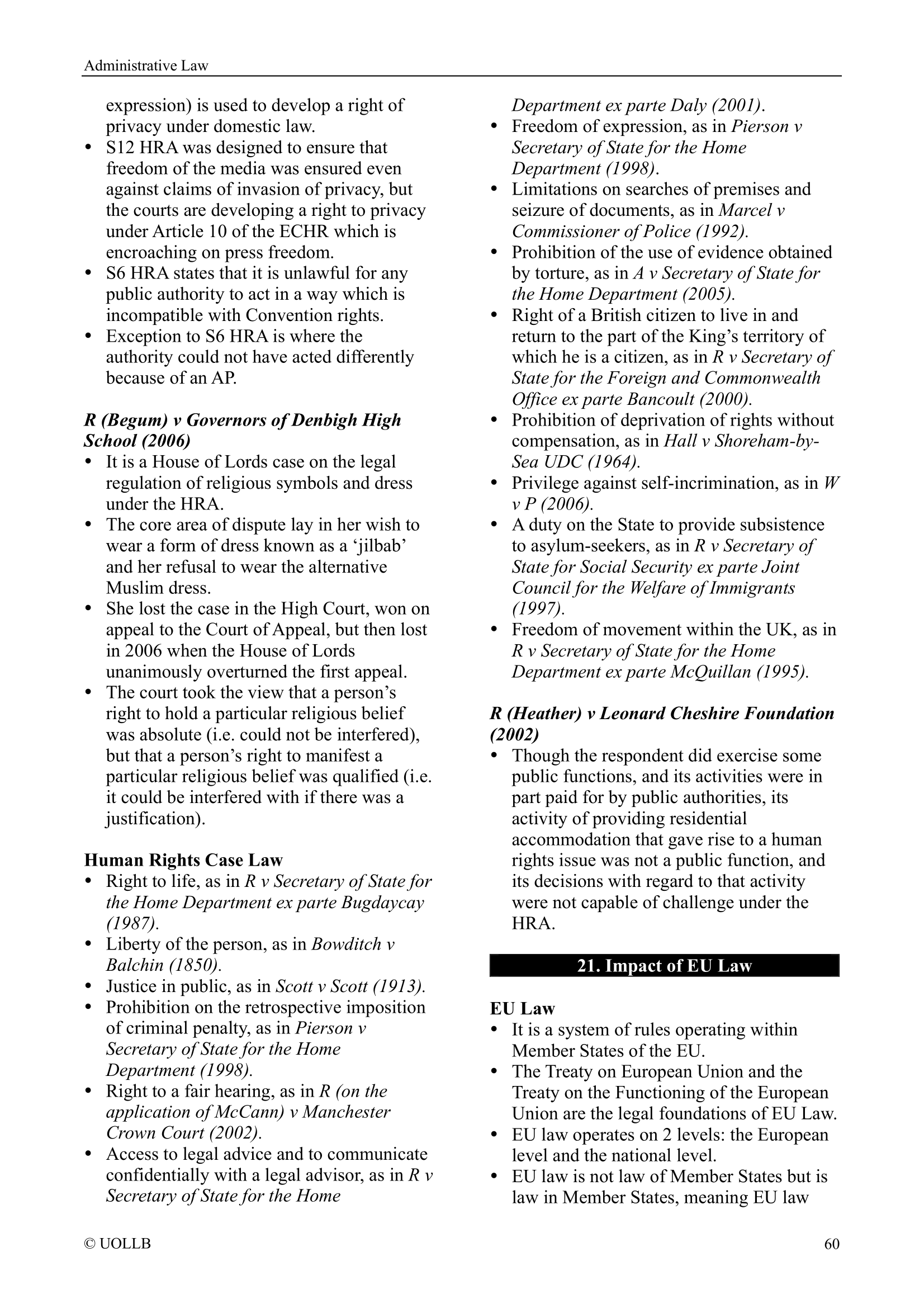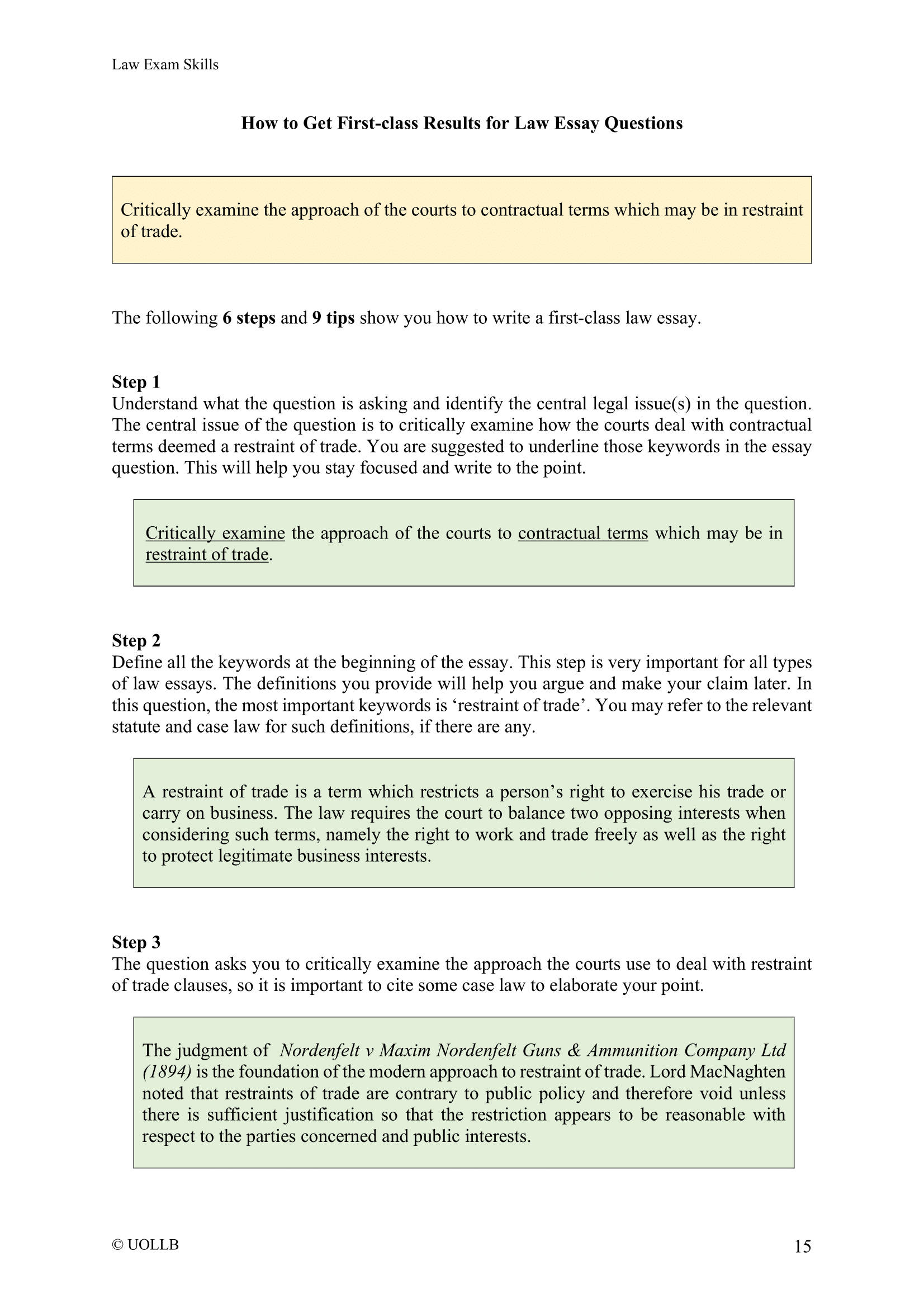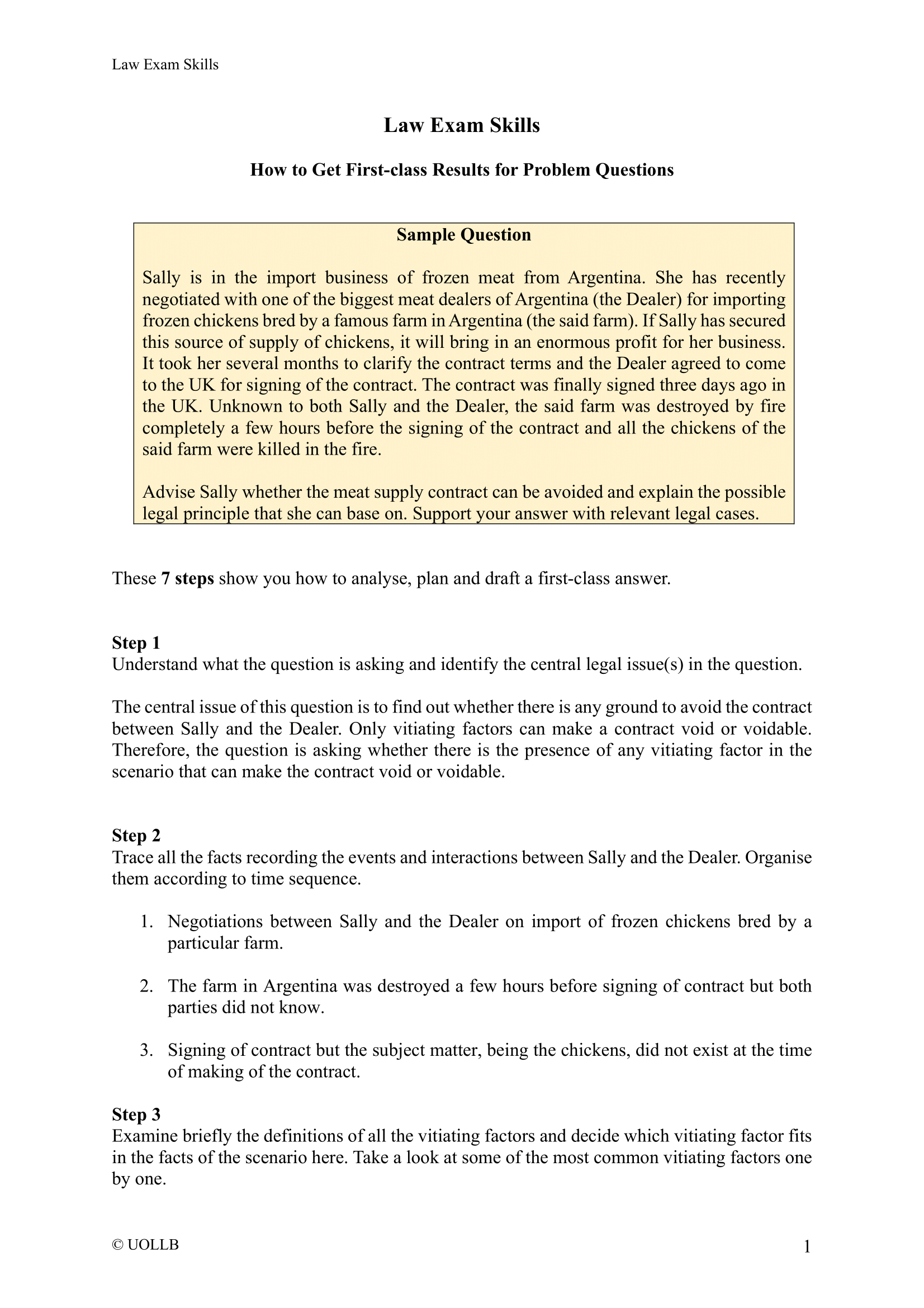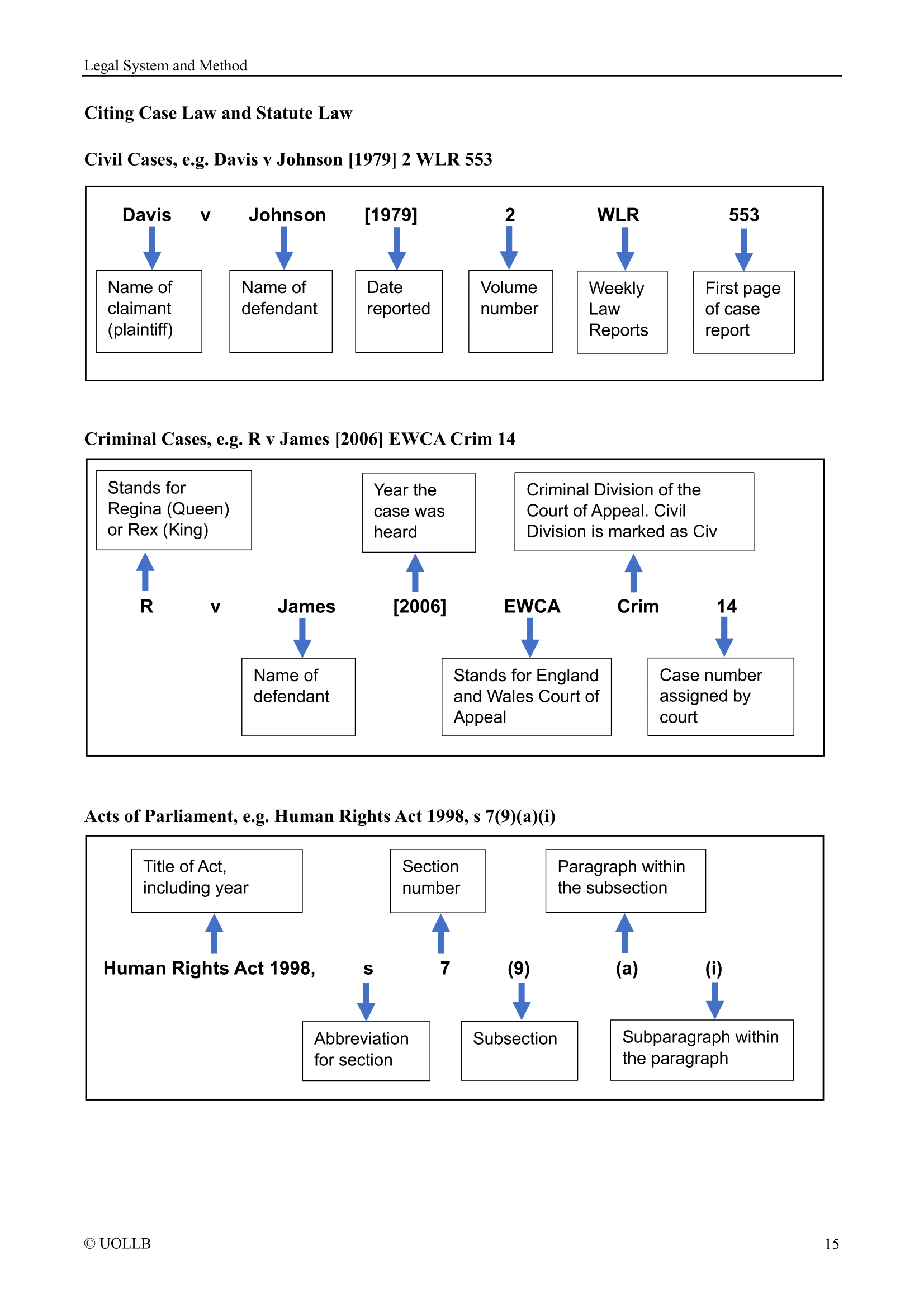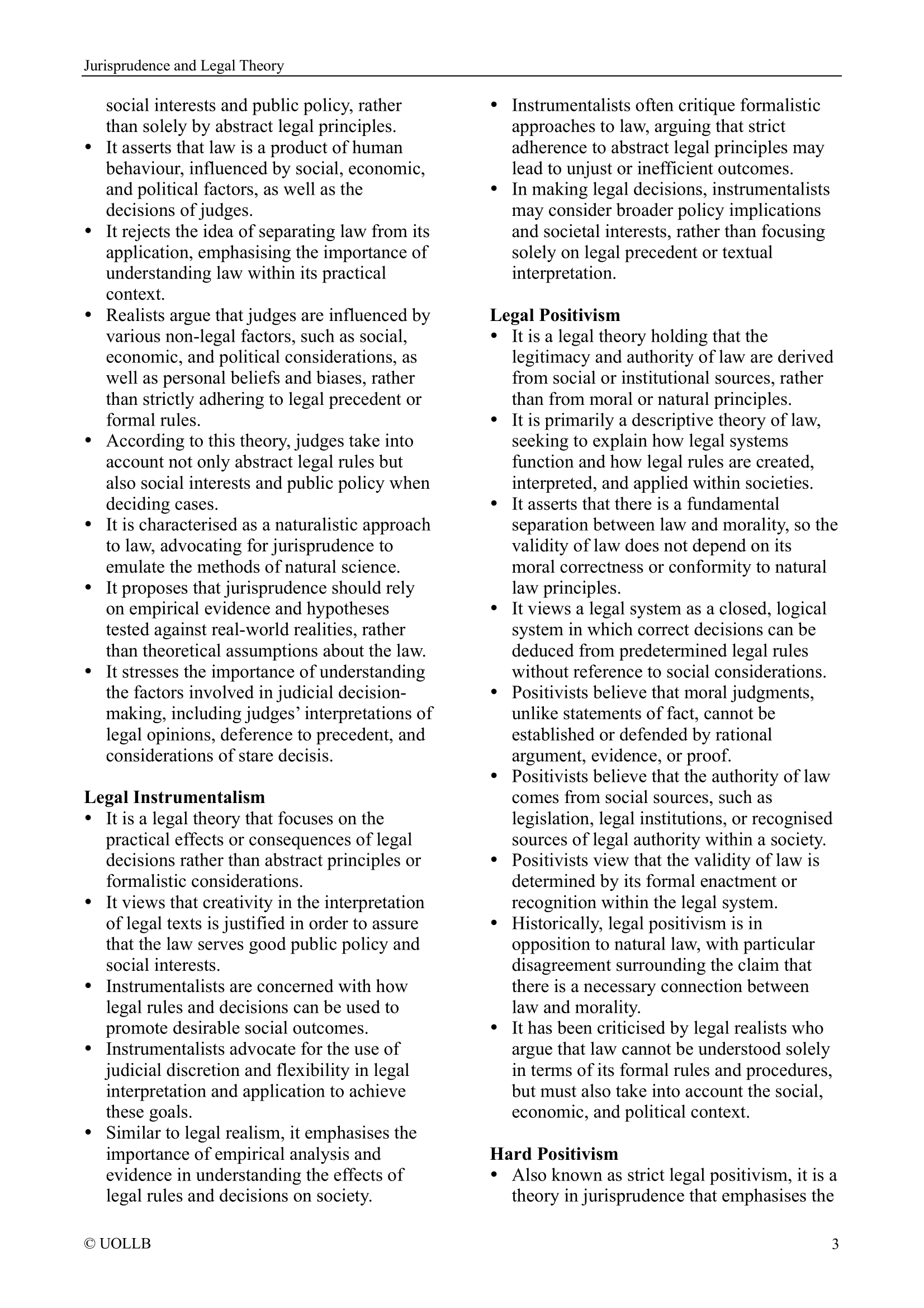Living Instrument Doctrine vs Living Constitution Doctrine vs Living Tree Doctrine
Share
Living Instrument Doctrine (European Court of Human Rights)
The Living Instrument Doctrine is the interpretive approach adopted by the European Court of Human Rights (ECtHR) in interpreting the European Convention on Human Rights (ECHR). First articulated in Tyrer v United Kingdom (1978), the Court declared that “the Convention is a living instrument which must be interpreted in the light of present-day conditions”. This means that the rights protected under the Convention are not frozen at the time of drafting in 1950 but evolve as European societies progress morally, socially, and politically. The doctrine allows the Court to adapt Convention rights to modern realities, even when the text itself remains unchanged.
For instance, in cases involving privacy as in Dudgeon v United Kingdom (1981) and same-sex relationships as in Christine Goodwin v United Kingdom (2002), the ECHR expanded the interpretation of rights under Articles 8 and 12 to reflect contemporary social values and developments in member states. Supporters argue that this dynamic approach ensures the Convention remains relevant and effective, protecting individuals from emerging forms of state interference. Critics, however, contend that it enables judicial activism and undermines state sovereignty by allowing judges to “create” new rights not expressly agreed upon by contracting parties.
Living Constitution Doctrine (United States)
The Living Constitution Doctrine is a concept in American constitutional interpretation that views the U.S. Constitution as a flexible framework whose meaning evolves over time. It contrasts with the originalist approach, which interprets the Constitution according to the framers’ original intent or the text’s original public meaning. Proponents of the living constitution approach, such as Justice Oliver Wendell Holmes Jr. and Justice William J. Brennan, argue that the Constitution must adapt to “the felt necessities of the time” to remain effective in a changing society.
This doctrine underpins landmark U.S. Supreme Court decisions that expanded constitutional rights beyond their 18th-century context. For example, Brown v Board of Education (1954) reinterpreted the Equal Protection Clause to strike down racial segregation, reflecting evolving social and moral standards. Similarly, Obergefell v Hodges (2015) recognised same-sex marriage under the Fourteenth Amendment’s Due Process and Equal Protection Clauses. Critics, particularly originalists like Justice Antonin Scalia, argue that the living constitution approach grants unelected judges excessive power to impose their personal values, thereby undermining democratic legitimacy and constitutional stability.
Living Tree Doctrine (Canada)
The Living Tree Doctrine is a distinctly Canadian approach to constitutional interpretation that originated in Edwards v Canada (Attorney General) (1930), also known as the Persons Case. In that case, the Judicial Committee of the Privy Council (then Canada’s highest appellate body) held that the Canadian Constitution is “a living tree capable of growth and expansion within its natural limits”. This metaphor established that the Constitution should be interpreted broadly and progressively to meet the changing needs of Canadian society.
The doctrine has become a cornerstone of Canadian constitutional law, influencing areas such as federalism, equality rights, and the interpretation of the Canadian Charter of Rights and Freedoms. For example, in Reference Re Same-Sex Marriage (2004), the Supreme Court of Canada relied on the living tree principle to affirm that the Charter’s guarantees of equality and liberty extend to same-sex couples. The doctrine balances flexibility with restraint: while the Constitution may evolve, interpretation must remain faithful to the document’s underlying structure and purpose, which is the “natural limits” of the tree.
